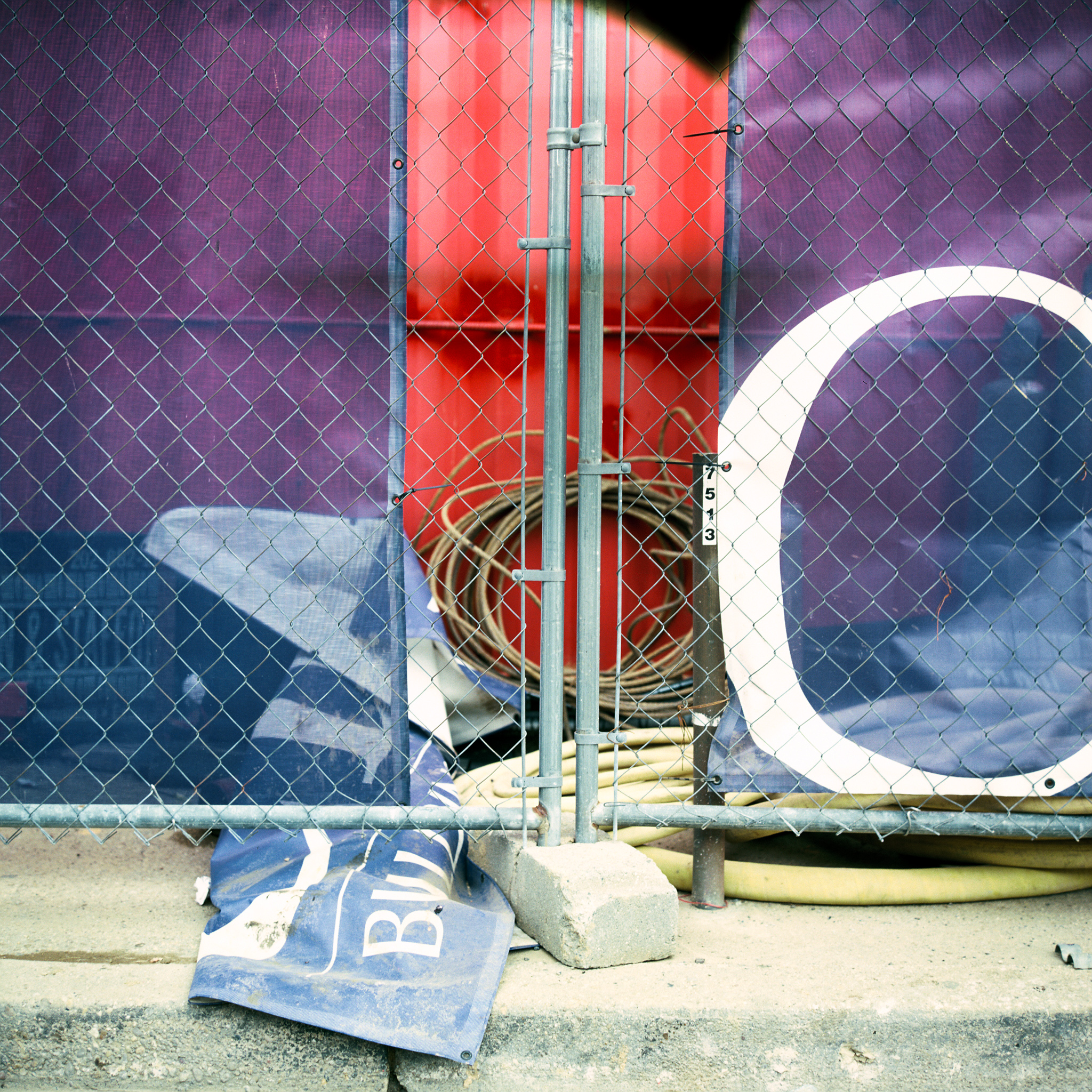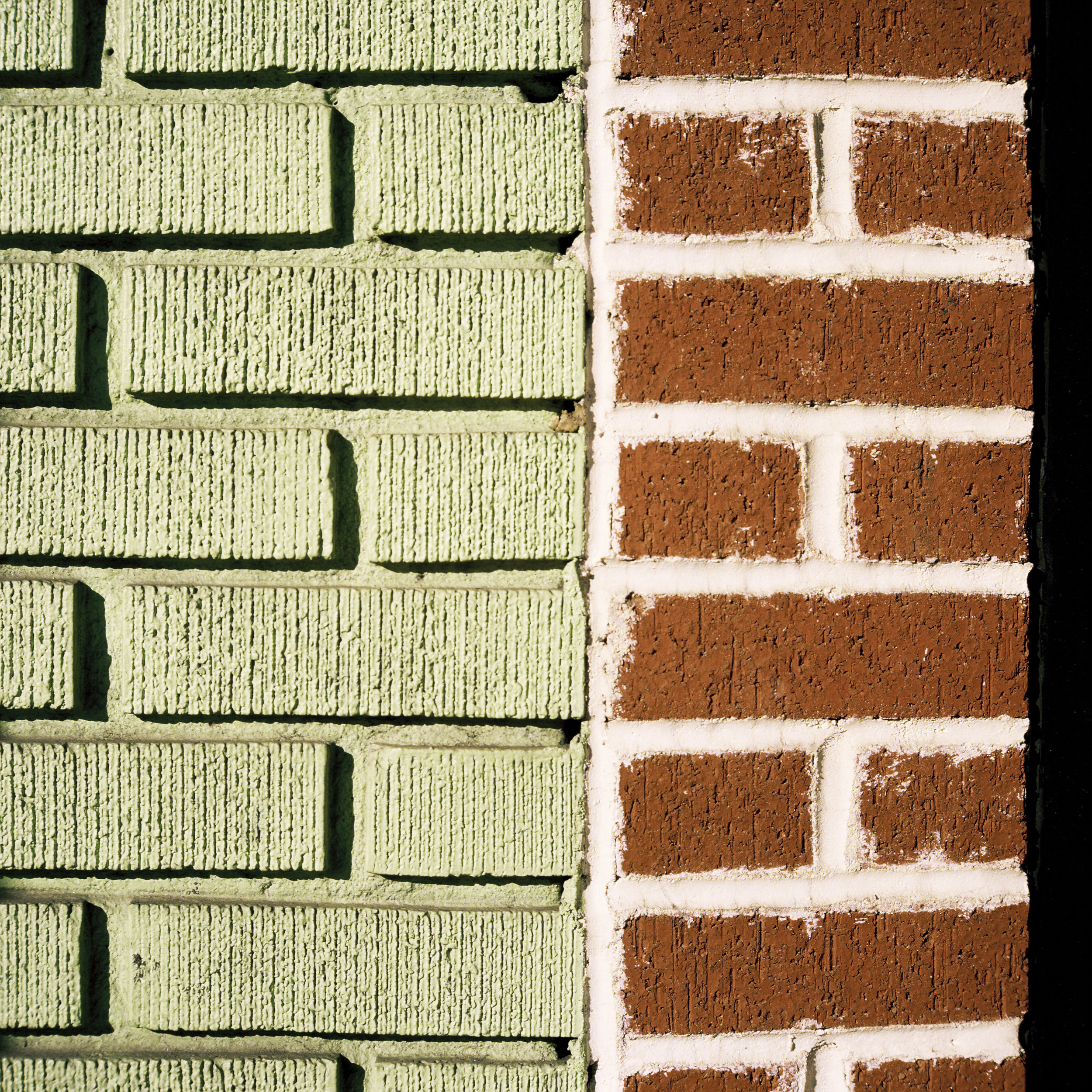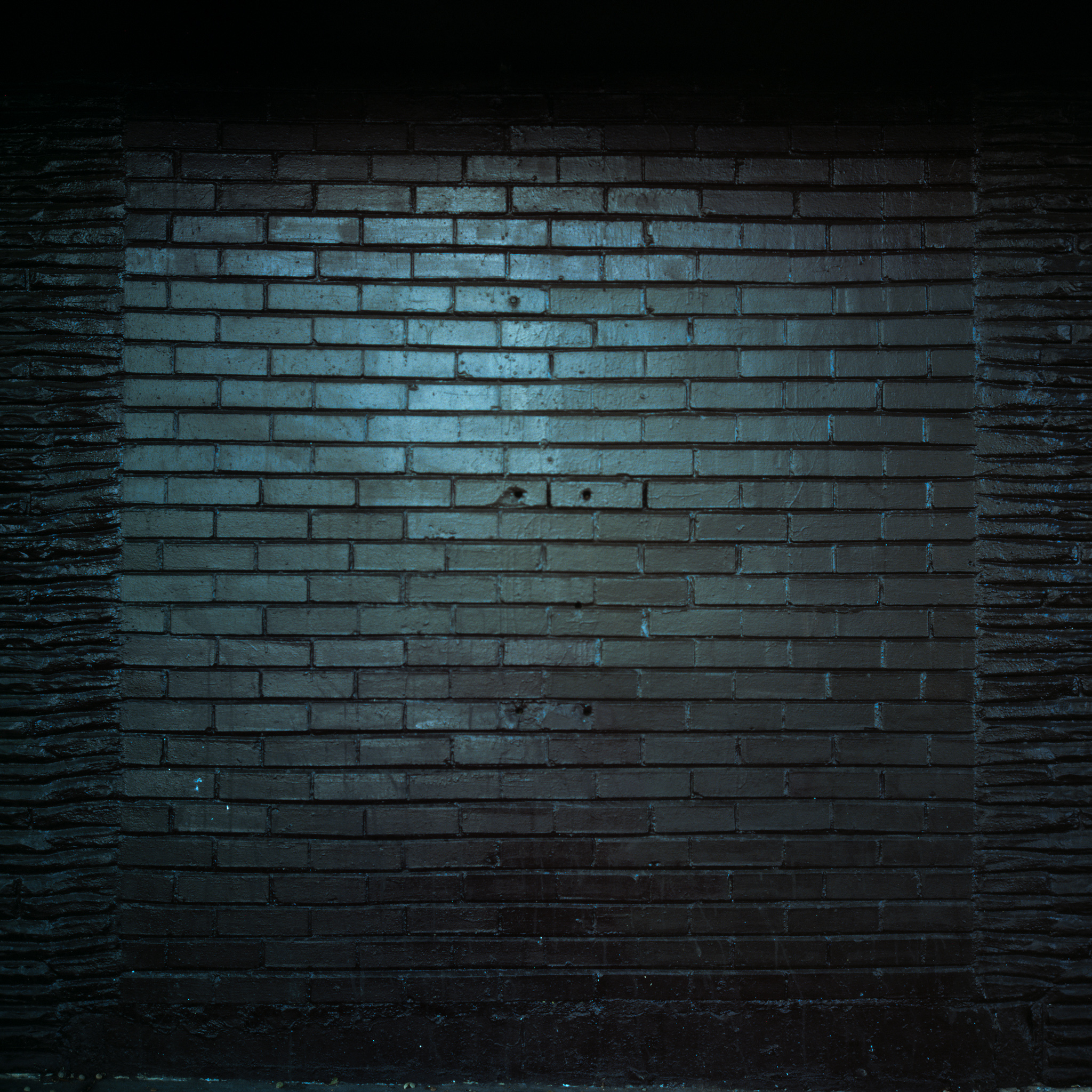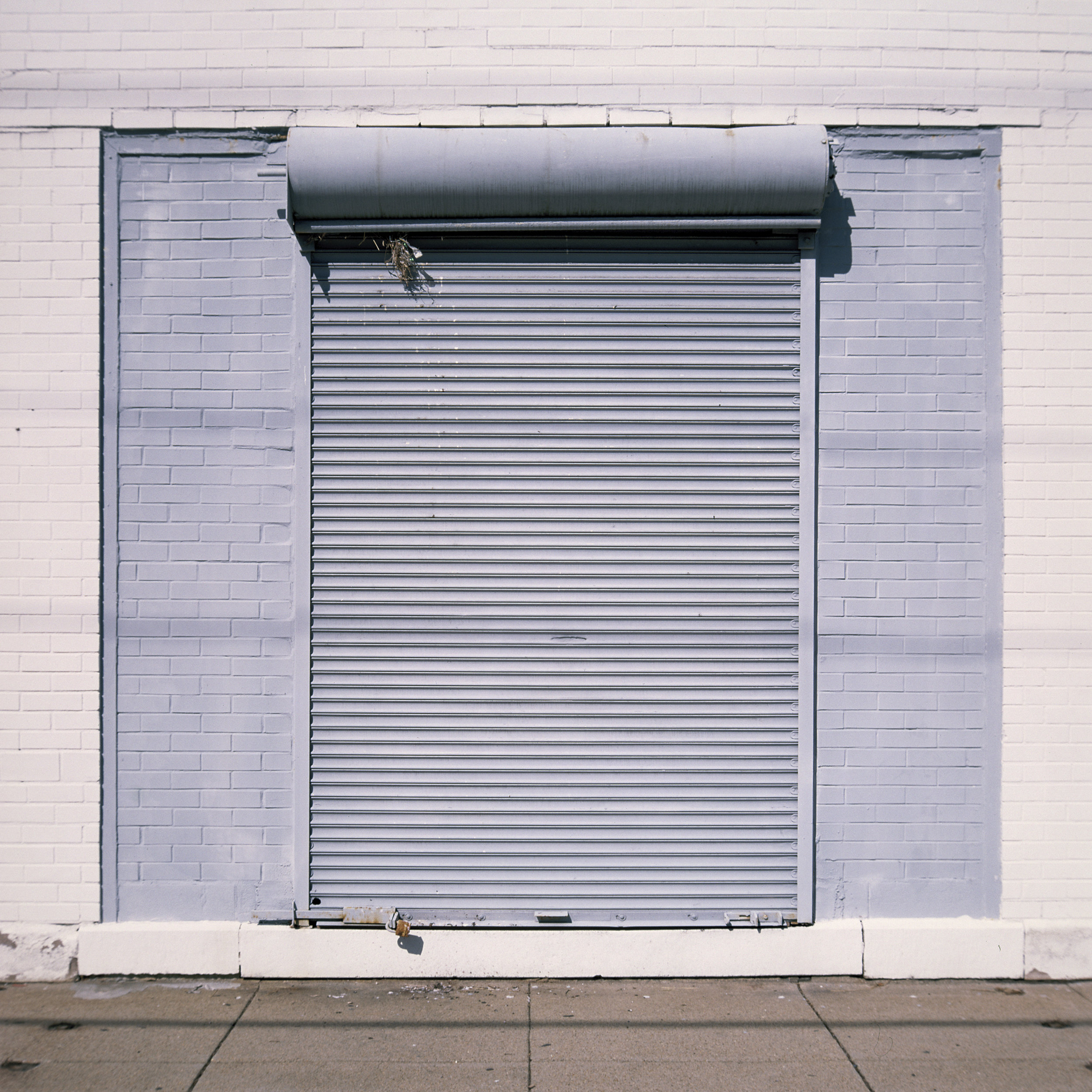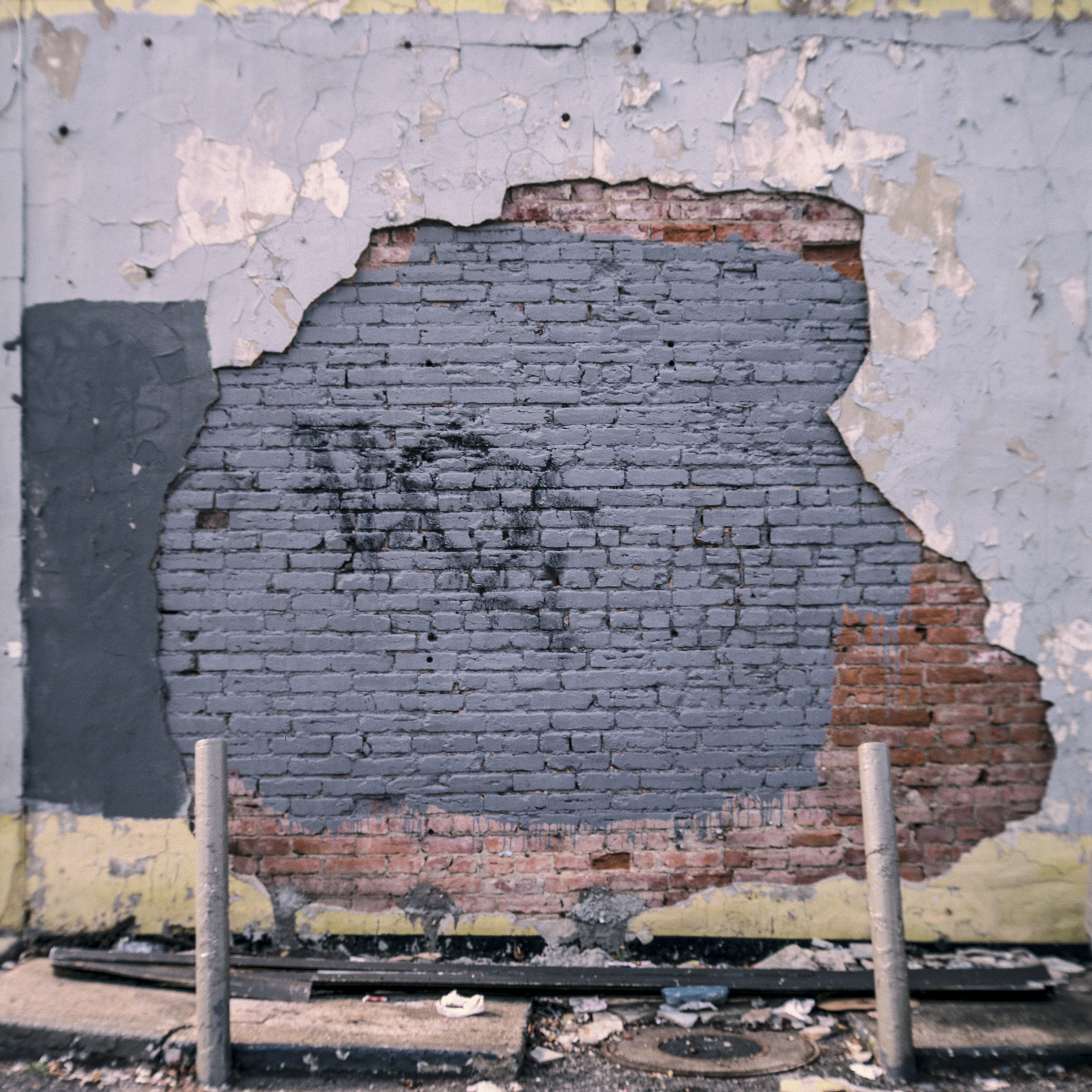“The spaces I want to be in are nurturing and soft and saturated with color. Our cities don’t have enough of that, and as humans we need it.”
Block City
2015-2018
Preface
This project looks at the contrasting colors found in everyday buildings in Washington, DC, and nearby suburbs. It focuses on the local neighborhoods, not the famous marble monuments or dull office buildings. While recent redevelopment has brought improvements, some parts of the city's history are being lost through gentrification. A unique feature of 20th-century Washington was the bright colors painted on brick buildings by homeowners and shopkeepers. Even if people don’t always notice them, these colors affect how we feel about the place. However, this colorful character is slowly being replaced by a more uniform look.
Chapter 1: Daywalker
Chapter 2: Electric Entropy
Chapter 3: Fraction Faction
Chapter 4: Territheory
Chapter 5: Capitol Collateral
Chapter 6: Creeping Horizons
Chapter 7: Total Recoil
Epilogue
My gaze is often drawn to the ephemeral. To connect the photos to a specific time and show a place in change, I used a antiquated technology: expired Kodak Ektachrome color film and a 1964 Rolleiflex 2.8f camera. The film’s color rendering reminds us of the late 20th century, and as it ages, the colors shift, reflecting how neighborhoods constantly change as buildings wear down, get sold, or are fixed up. This project aims to capture the colors left by unknown people and create a picture of Washington, DC that shows the changes happening in the early 21st century.








































